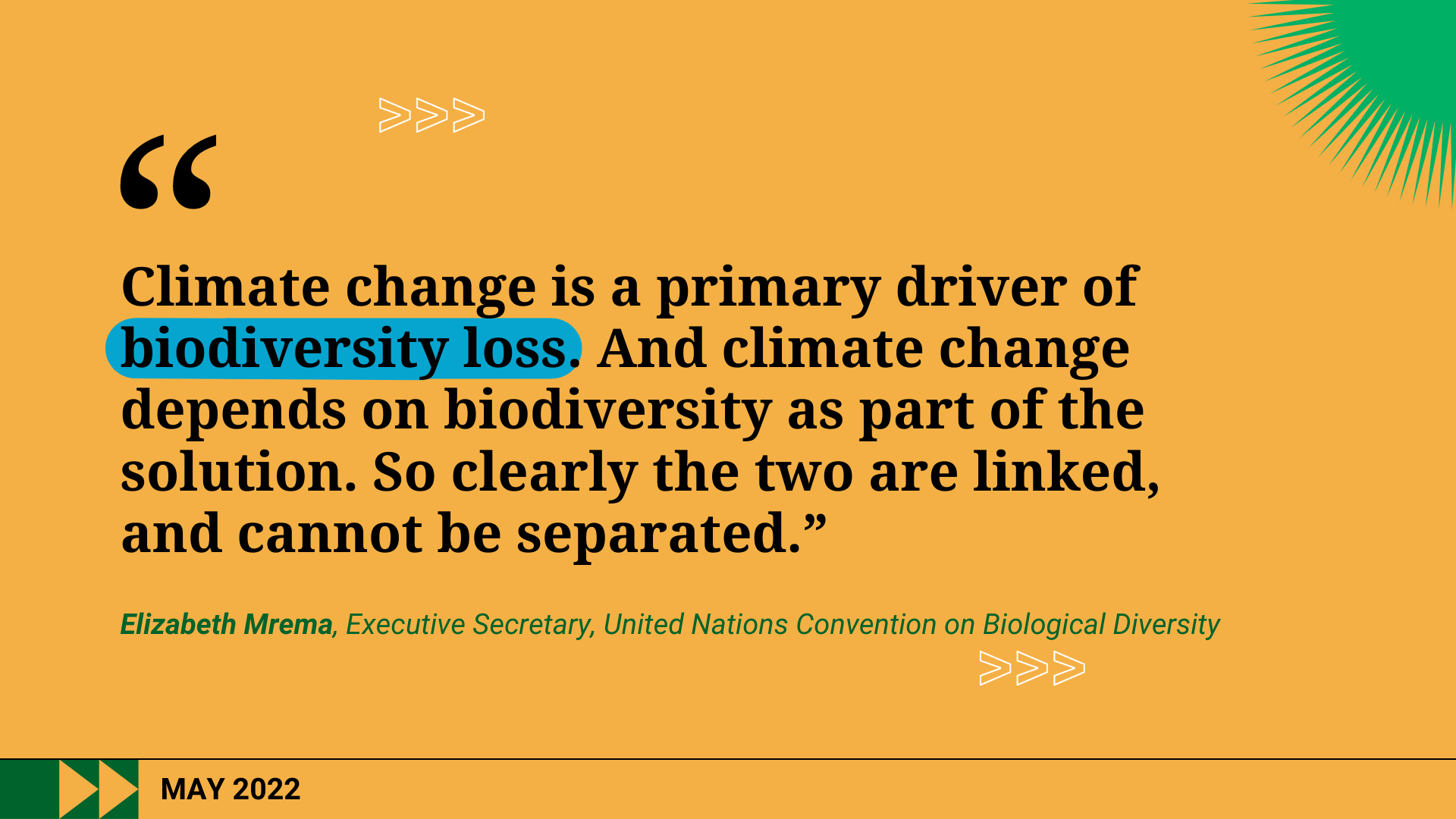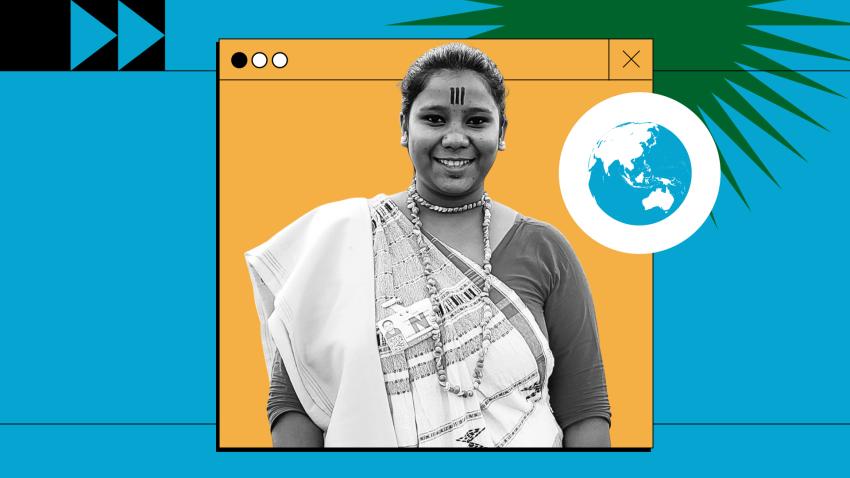
Source by The United Nations
Media www.rajawalisiber.com – Elizabeth Mrema, the Executive Secretary of the UN Convention on Biological Diversity (CBD), grew up in Moshi, a town located on the lower slopes of Mount Kilimanjaro in northern Tanzania. Her early years surrounded by nature profoundly influenced her and her work.
“I grew up seeing our villages full of trees. But as I continued to grow… the outlook began changing. The bush, the forest I was seeing, you see more holes and spaces, [and] the weather kept changing. And as I speak, even those rivers – when you hear the water flowing in the streams at the backyard – have completely dried up.”
In August 2022, the world will convene in Kunming, China, to adopt a new framework for protecting the world’s biodiversity called the 2050 Vision of “Living in Harmony with Nature.” The framework sets out an ambitious plan to implement actions to bring about a transformation in the world’s relationship with biodiversity and to ensure that, by 2050, the shared vision of living in harmony with nature is fulfilled.
“Biodiversity, just like all other environmental issues, there are cross-cutting issues – the challenges are cross-cutting, and therefore governments alone or at national level ministries of environment alone will not be able to solve all the challenges or to implement all the targets as expected,” says Mrema.
The CBD was established following the Earth Summit in the Brazilian city of Rio de Janeiro, which paved the way for the establishment of three major conventions on the environment – on biodiversity, climate change and land degradation.
This year, 30 years after the Earth Summit, the conferences of the parties to the three conventions – starting with the Abidjan Summit on desertification in May, followed by the Kunming Conference on biodiversity in August and the Climate Change Conference in Egypt in November – provide an opportunity to demonstrate how the challenges of and the solutions to land degradation, biodiversity loss and climate change are fundamentally intertwined.
“The journey begins in Cote d’Ivoire, with the Convention to Combat Desertification. The message will go to the CBD, and the two will land in Egypt with the climate change conference to bring together that connection,” says Mrema stressing the importance of the interlink between the issues.

“The IPBES report of 2019 actually gave us five direct drivers of biodiversity loss. One of them is climate change – a primary driver of biodiversity loss. And yet, that same climate change depends on biodiversity as part of the solution. So clearly the two are linked, and cannot be separated,” she adds.
In 2019, the Intergovernmental Science-Policy Platform on Biodiversity and Ecosystem Services (IPBES) warned that 1 million out of the estimated 8.1 million plant and animal species in the world are at risk of extinction – many within decades.
Today, a 1.1°C temperature rise has altered marine, land and freshwater ecosystems around the world. A 1.5°C temperature rise could mean a loss of up to 70 percent of the world’s coral reefs. And a 2°C temperature rise could threaten to rapidly escalate the collapse of entire ecosystems.
“If the about $500 billion spent every year on incentives or subsidies for harmful activities on biodiversity – if these funds are repurposed, redirected to nature-positive biodiversity activities, then you will see some resources will be accrued, but there will still be a gap. So that’s another issue still requiring deeper discussion.”
Redirecting unsustainable subsidies into nature-positive incentives is one of the 21 targets of the new framework. Healthy ecosystems are critical for mitigating climate change. They can provide 37 percent of the mitigation needed to limit temperature rise, including through absorbing greenhouse gas emissions.
Renewable energy is energy derived from natural sources that are replenished at a higher rate than they are consumed. Sunlight and wind, for example, are such sources that are constantly being replenished. Renewable energy sources are plentiful and all around us.
Thirty years ago, the Earth Summit, which took place in the Brazilian city of Rio de Janeiro, paved the way for the establishment of three major conventions on the environment – specifically on biodiversity, climate change and desertification. As countries meet on all three conventions in 2022, SDG Advocate and indigenous rights activist Hindou Ibrahim talks about the indispensable role that indigenous communities around the world play in protecting life on our planet – its biodiversity, land and climate.
Climate activist Archana Soreng belongs to the Kharia tribe in Odisha, India. Indigenous communities like hers make up only 5 percent of the world’s population. But they protect more than 20 percent of our planet’s land and 80 percent of its biodiversity.


